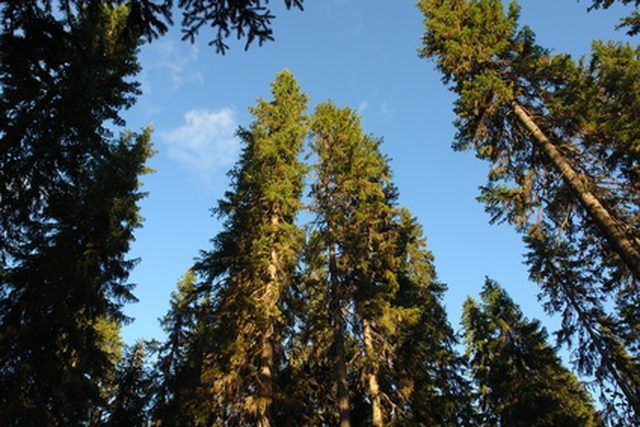Bulbs
Flower Basics
Flower Beds & Specialty Gardens
Flower Garden
Garden Furniture
Garden Gnomes
Garden Seeds
Garden Sheds
Garden Statues
Garden Tools & Supplies
Gardening Basics
Green & Organic
Groundcovers & Vines
Growing Annuals
Growing Basil
Growing Beans
Growing Berries
Growing Blueberries
Growing Cactus
Growing Corn
Growing Cotton
Growing Edibles
Growing Flowers
Growing Garlic
Growing Grapes
Growing Grass
Growing Herbs
Growing Jasmine
Growing Mint
Growing Mushrooms
Orchids
Growing Peanuts
Growing Perennials
Growing Plants
Growing Rosemary
Growing Roses
Growing Strawberries
Growing Sunflowers
Growing Thyme
Growing Tomatoes
Growing Tulips
Growing Vegetables
Herb Basics
Herb Garden
Indoor Growing
Landscaping Basics
Landscaping Patios
Landscaping Plants
Landscaping Shrubs
Landscaping Trees
Landscaping Walks & Pathways
Lawn Basics
Lawn Maintenance
Lawn Mowers
Lawn Ornaments
Lawn Planting
Lawn Tools
Outdoor Growing
Overall Landscape Planning
Pests, Weeds & Problems
Plant Basics
Rock Garden
Rose Garden
Shrubs
Soil
Specialty Gardens
Trees
Vegetable Garden
Yard Maintenance
The Best Time of Year to Transplant Pine Trees
The Best Time of Year to Transplant Pine Trees. Pine trees have a medium to high successful transplant rate. Following a few steps and transplant at the right time to maximize your success rate and give the pine tree the best opportunity to grow.

Pine trees have a medium to high successful transplant rate. Following a few steps and transplant at the right time to maximize your success rate and give the pine tree the best opportunity to grow.
When to Transplant
Evergreens such as pines should be transplanted in late summer or early fall to delay winter browning. For optimal success, pick a transplant site that is free of wind and that has good soil (test with a soil pH kit, if necessary), light and moisture.
Digging
Dig a large hole around the base of the pine tree. The hole should be a minimum of 12 inches for every 1-inch of diameter of tree. Dig 15 to 24 inches below the tree, getting as much of the tap root intact as possible. Try to keep all roots whole. When a root needs to be cut, take a spade or ax and make a clean cut as far away from the trunk as possible. Do not allow the roots to dry out.
Care
The tree should be watered immediately after planting, and the soil should remain moist, with daily deep waterings for 10 to 14 days. Mulch helps the soil retain moisture and cools the dirt around the tree. Maintain 4 to 6 inches of mulch-free area around the trunk, then apply mulch to the outer ring of the planting site.